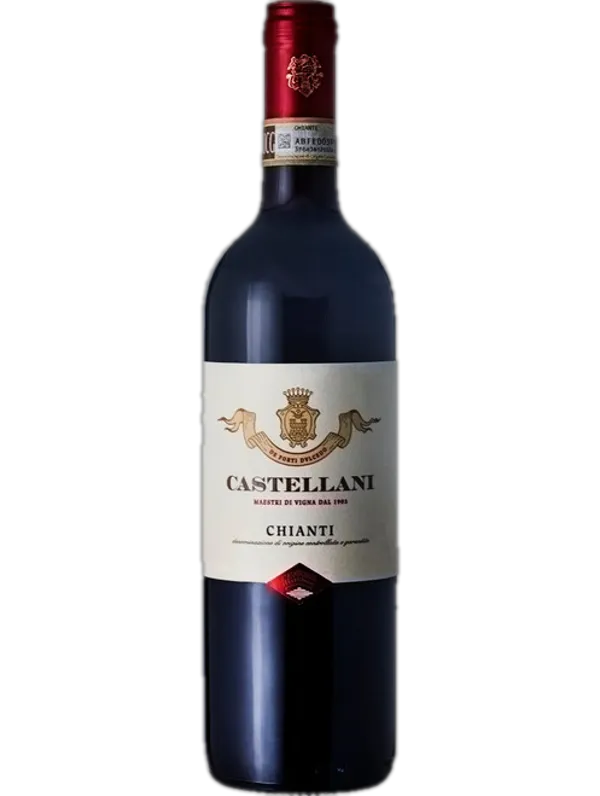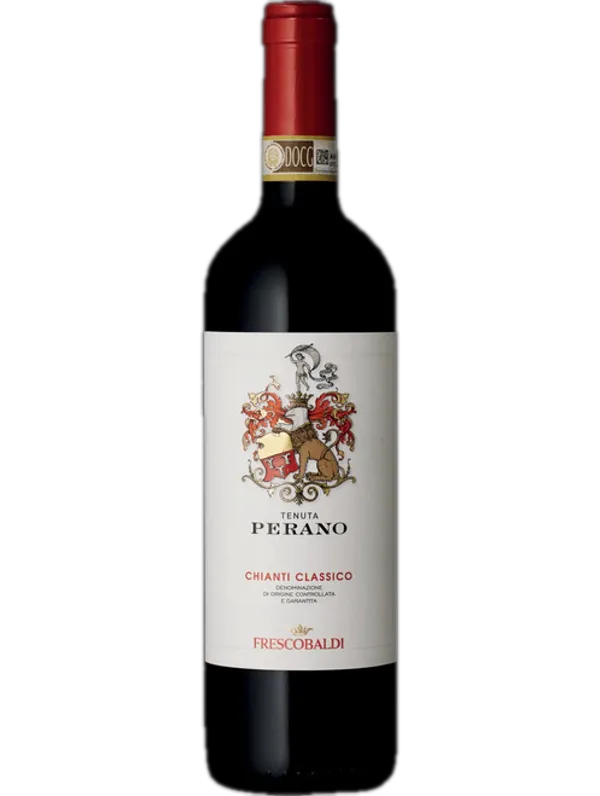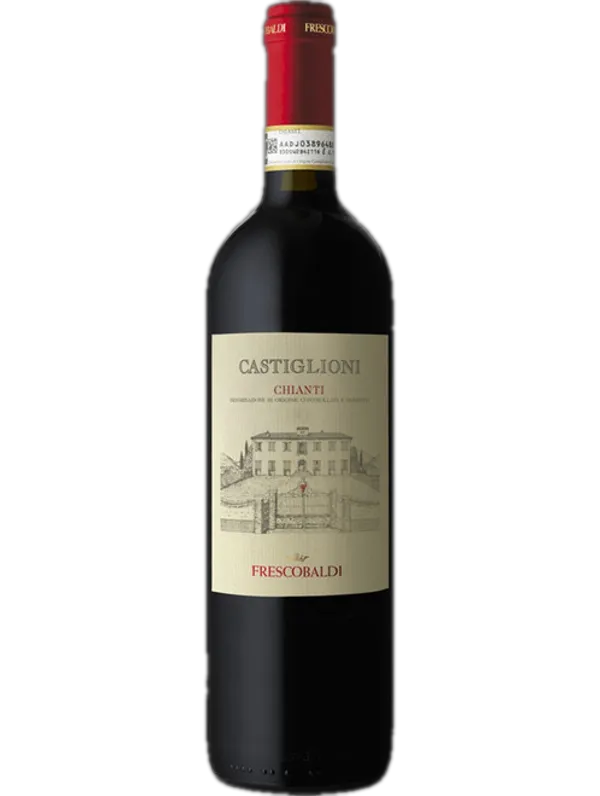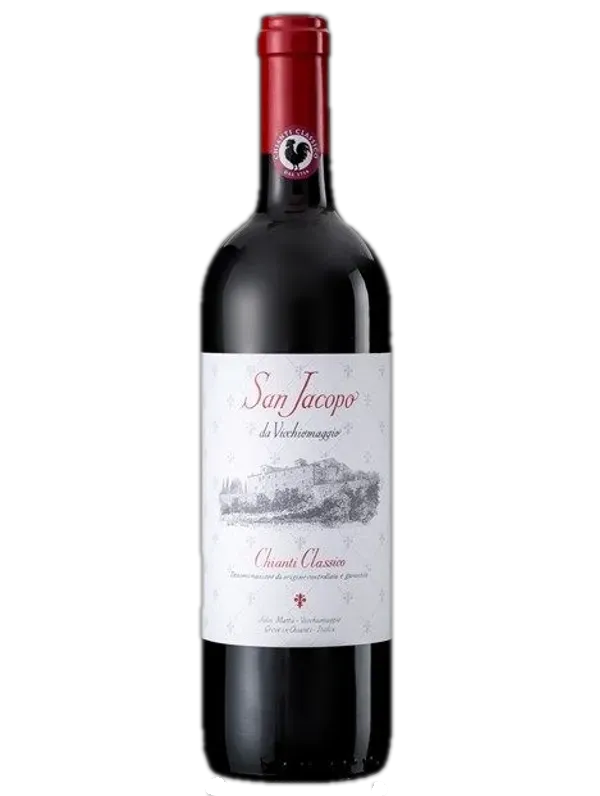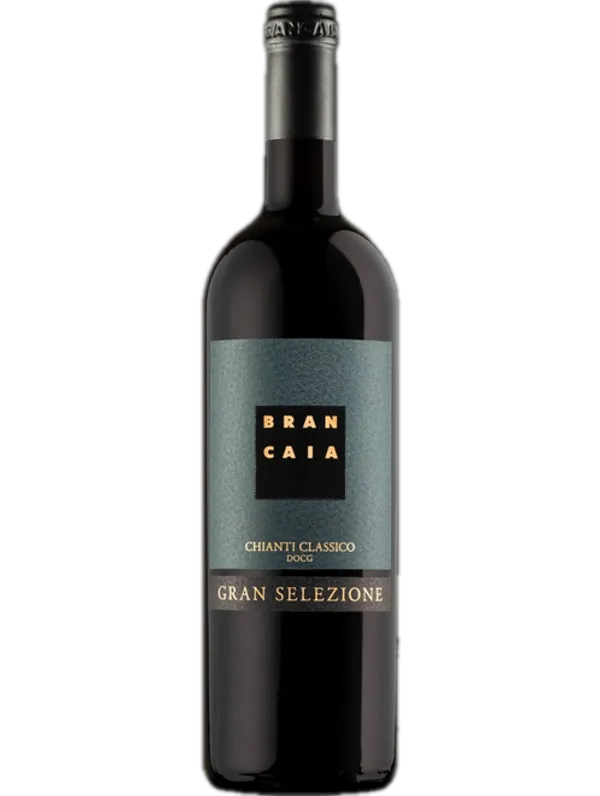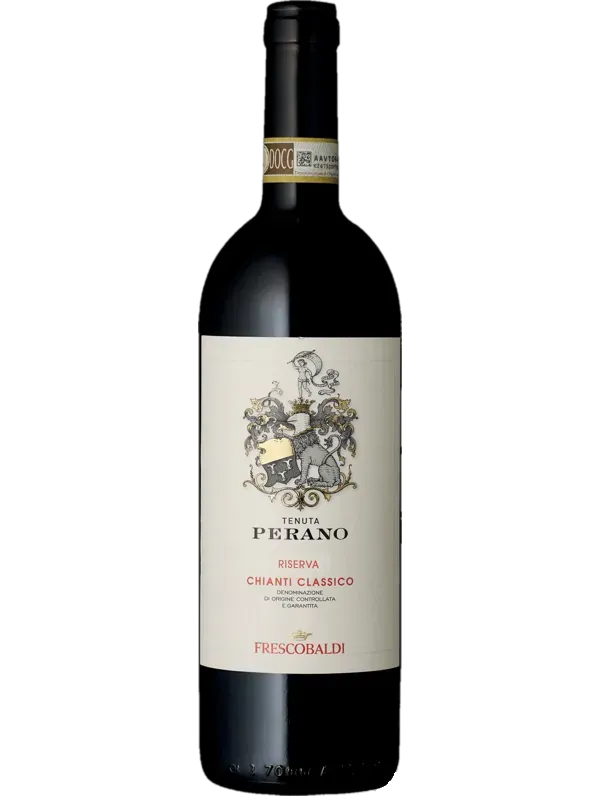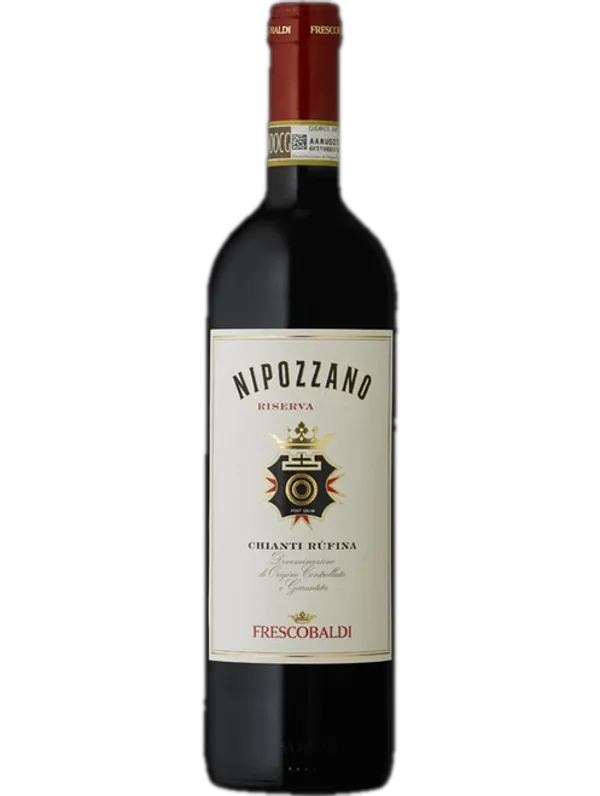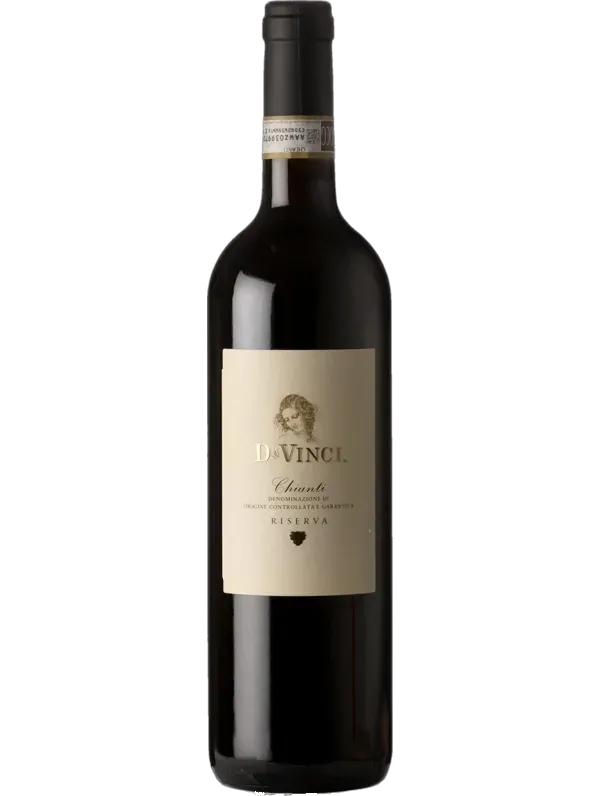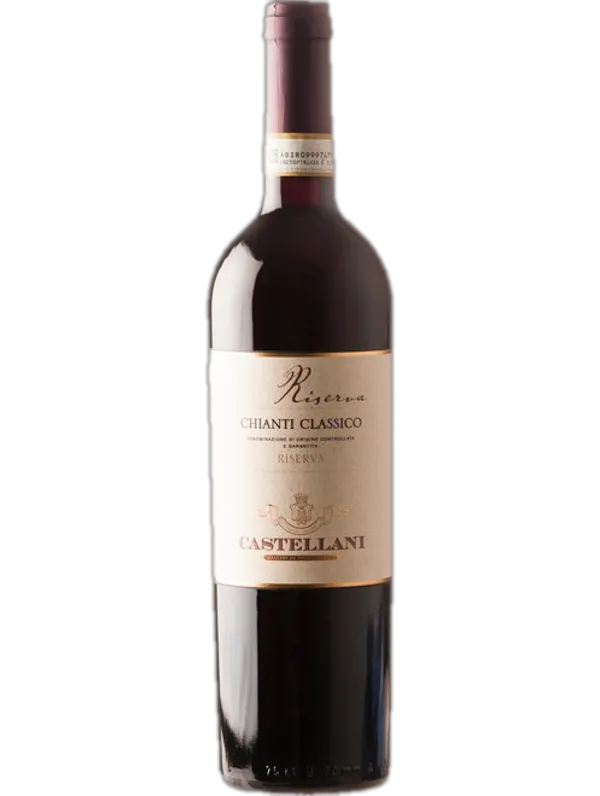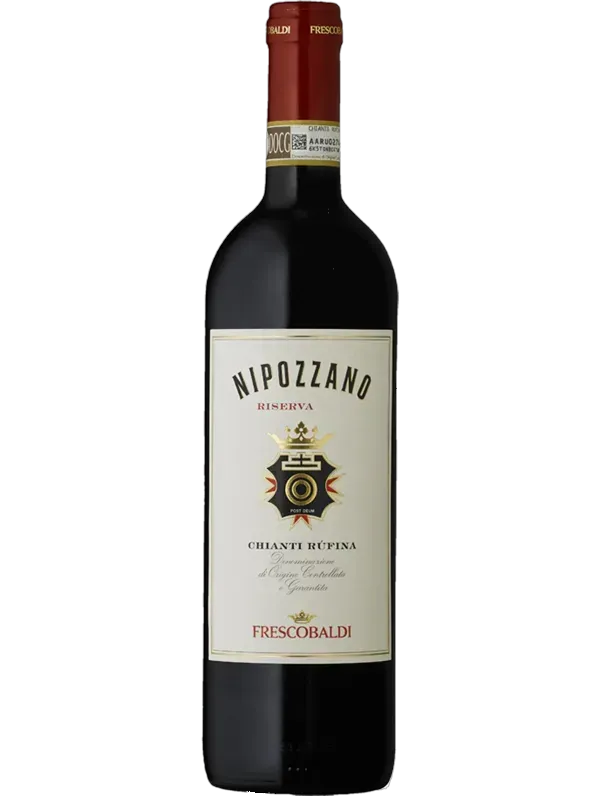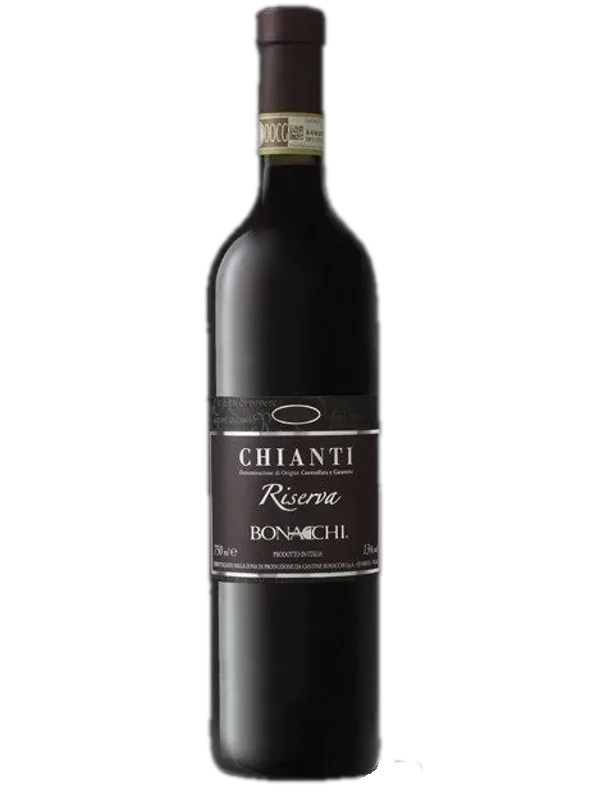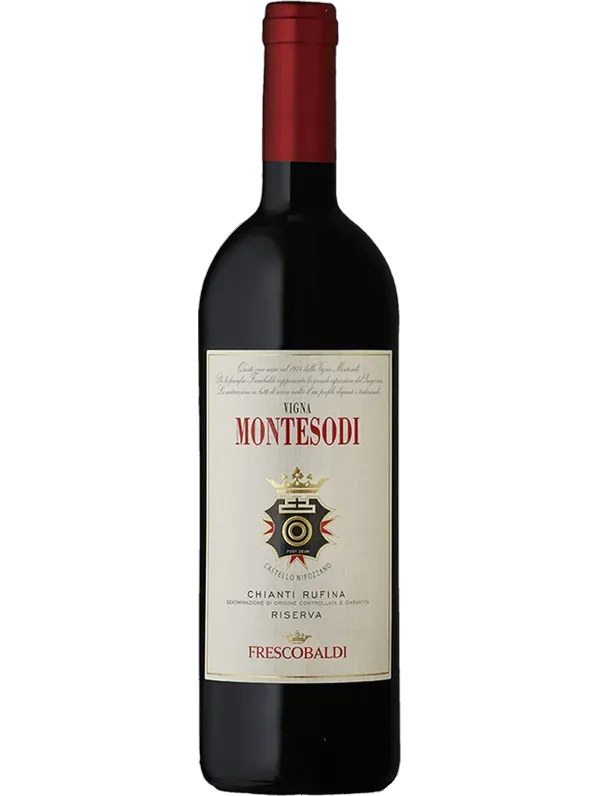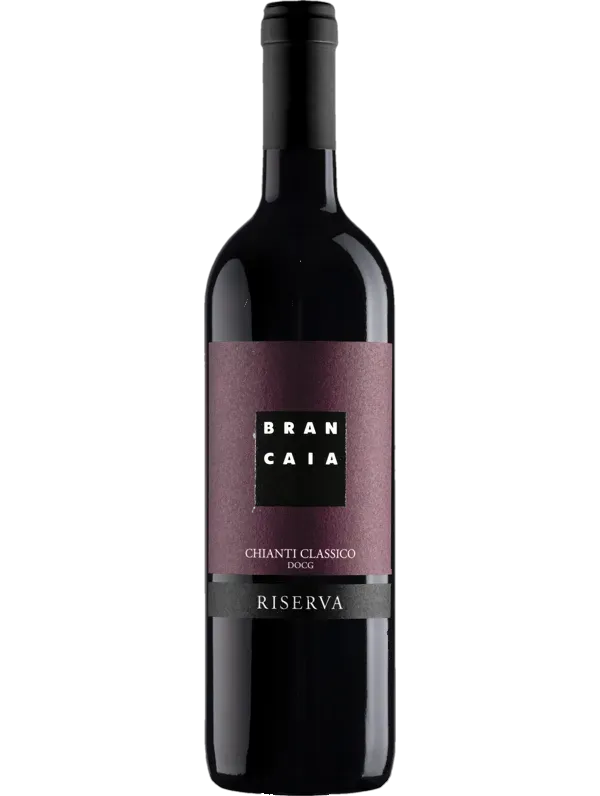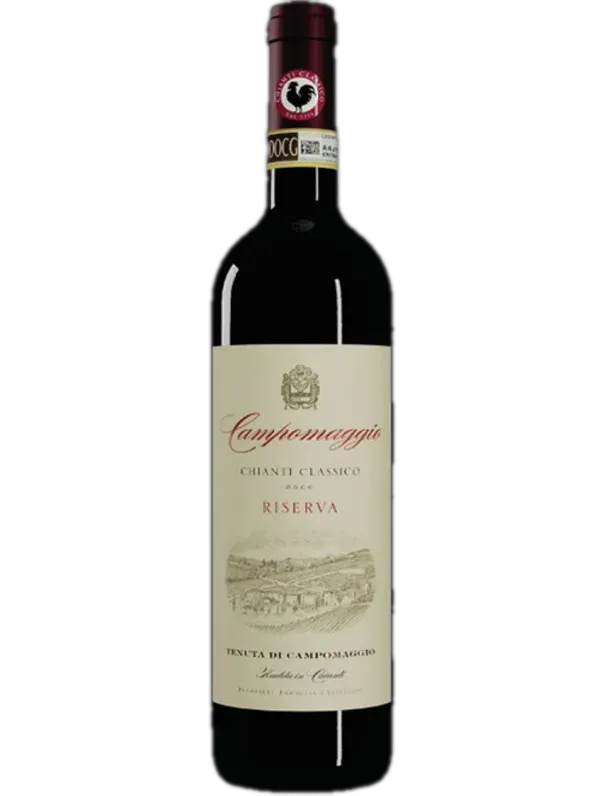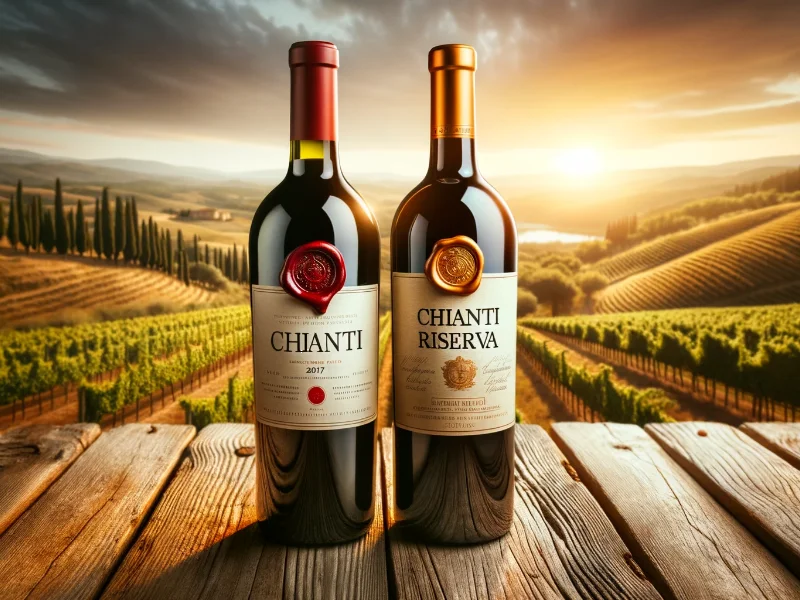
As a Brit, you might liken the difference between Chianti and Chianti Riserva to that between your everyday tea and a finely aged oolong; both are comforting and familiar, but the latter offers an elevated experience that is the result of time, care, and selectivity.
Now, while we've explored the individual intricacies of Chianti and Chianti Riserva in separate deep-dive articles (Exploring Chianti and Exploring Exploring Chianti Riserva), this piece zeroes in on the nuances that set these two celebrated Italian wines apart from each other. From grape composition to aging potential, we'll examine what differentiates these Tuscan cousins and how these distinctions might influence your choices for different occasions.
| Category | Chianti | Chianti Riserva |
| Grape Composition | At least 70% Sangiovese, blended with other varieties | Often 100% Sangiovese for a deeper, more complex flavour |
| Aging | 4 to 7 months, usually in stainless steel tanks | At least 24 months, often in oak barrels, plus bottle aging |
| Complexity & Flavor | Fruit-forward, light, versatile | Rich, complex, with pronounced tannins and a longer finish |
| Price | Budget-friendly, good for casual meals | More expensive due to aging and grape quality, special occasions |
| Alcohol Content | 12-13% ABV, lighter and easy to pair | 13-14% ABV, richer and more robust, suited for hearty dishes |
Grape Composition
At the heart of both Chianti and Chianti Riserva lies the Sangiovese grape, Italy's most planted variety and Tuscany's pride. However, how this grape is used can significantly impact the final wine.
| Chianti | Chianti Riserva |
| At least 70% Sangiovese | Often nearly 100% Sangiovese |
| May include other red or white grapes | Rarely includes other grapes |
| More approachable due to blended varieties | More complex due to focus on Sangiovese |
In a standard Chianti, you'll find a blend that includes at least 70% Sangiovese, often complemented by other grape varieties like Canaiolo or even some white grapes. These additional grapes can soften Sangiovese's naturally high acidity and tannins, creating a more approachable wine that pairs well with a broad range of foods—from your favourite pasta to a classic British roast dinner.
In contrast, Chianti Riserva often showcases the Sangiovese grape in its most unadulterated form. Many producers opt for a blend that is almost, if not entirely, 100% Sangiovese to bring out the grape's full range of complex flavours and robust tannic structure. This selectivity in grape composition is part of what gives Chianti Riserva its deeper, more complex profile, perfect for those special occasions when only the best will do.
Aging
Think of Chianti as akin to a fresh-baked scone, ready to be enjoyed almost immediately. It typically needs just 4 to 7 months of aging, depending on the specific sub-region from which it hails. This brief maturation period often occurs in stainless steel tanks, making for a wine that's fresh, fruit-forward, and best consumed while young.
| Chianti | Chianti Riserva |
| 4 to 7 months of aging | At least 24 months of aging |
| Usually in stainless steel tanks | Often in oak barrels |
| Best consumed while young | Benefits from further bottle aging |
Chianti Riserva, on the other hand, is more like a fine Stilton cheese that has been aged to perfection; it requires patience but rewards you richly. The law mandates at least 24 months of aging, often in oak barrels that impart additional complexity and character. Further, it needs at least three more months in the bottle before it's deemed ready for your table. This extended aging process not only deepens the flavors but also tends to concentrate the alcohol, making it a wine that not only tastes more luxurious but packs a bit more of a punch.
These aging differences mean that Chianti is your go-to for a casual dinner, while Chianti Riserva is the one you save for special occasions or even as a future investment. It's not just a question of time but of intention, craftsmanship, and ultimately, the experience you're seeking.
Complexity and Flavor Profile
If you've ever found yourself savouring the layered flavours in a single malt Scotch, then you'll appreciate the depth and complexity Chianti Riserva has to offer. While standard Chianti wines are generally lighter, more fruit-forward, and easily approachable—much like a classic Pimm's on a summer day—Chianti Riserva invites you to a more introspective experience.
| Chianti | Chianti Riserva |
| Lighter, fruit-forward | Dark fruits, spice, sometimes leather or tobacco |
| Easier to pair with a variety of foods | Best suited for special occasions and hearty meals |
| More casual drinking experience | More contemplative, richer experience |
This wine usually boasts a more complex palate, with layers of dark fruit, spice, and sometimes even notes of leather or tobacco. The tannins are more pronounced, giving the wine structure and a longer finish.
Chianti Riserva is a wine that invites contemplation. It's not just a drink; it's a journey through a landscape of flavours, enriched by the aging process and the higher quality of grapes used in its production. It's the wine you might choose for a more special occasion, where the meal and the company demand something that brings its own character to the table.
Price
While you might be content picking up an affordable bottle of Chianti for your Friday night takeaway, you'd likely reserve the Chianti Riserva for a special Sunday roast or an intimate dinner party. The price difference between these two wines is not just a matter of branding but reflects the time, resources, and quality of grapes that go into each bottle.
| Chianti | Chianti Riserva |
| Budget-friendly | More expensive |
| Less labor-intensive | Longer aging and higher-quality grapes drive up cost |
| Commonly found on special offer | Considered a worthwhile investment |
Standard Chianti wines, being less labor-intensive and produced in higher quantities, are often a more budget-friendly option. They're the kind of wine you can find in any supermarket, perhaps even on special offer, making them a popular choice for both the casual drinker and the cost-conscious connoisseur.
Chianti Riserva, however, requires a longer aging process and often uses a more selective blend of higher-quality grapes. These factors, combined with the smaller production quantities, inevitably drive up the price. While certainly a more expensive option, the extra cost is generally reflected in the wine's complexity and aging potential, making it a worthy investment for those special occasions or even for laying down in your cellar.
So, whether you're looking for a wine to accompany a cosy night in or something to elevate a more significant event, understanding the differences in price between Chianti and Chianti Riserva can help you make an informed choice that suits both your palate and your wallet.
Alcohol Content
When it comes to alcohol content, think of Chianti as your friendly neighbourhood pub ale—relatively moderate and easy to enjoy throughout an evening. Standard Chianti generally clocks in around 12-13% alcohol by volume (ABV). This moderate level makes it a versatile companion for a variety of foods, whether you're opting for a classic Italian pasta or some British fish and chips.
| Chianti | Chianti Riserva |
| 12-13% ABV | 13-14% ABV |
| Versatile for food pairing | Suited for heartier dishes |
| Easier for a longer session | Easier for a longer session |
Chianti Riserva, on the other hand, is more akin to a robust porter or stout—packed with complex flavours and a higher alcohol content to match. Thanks to the longer aging process, which can concentrate the flavours and, in turn, the alcohol, Riserva wines often edge closer to a 13-14% ABV. This increased potency adds to the wine's complexity, making it a richer experience overall and well-suited for more hearty dishes or a thoughtful evening of sipping and savouring.
The variation in alcohol content between Chianti and Chianti Riserva can subtly affect the dining experience, not just in terms of food pairing but also in how the evening unfolds. Whether you're looking for something lighter and more sessionable or a wine that stands up to richer fare and deeper conversation, the ABV can be a helpful guide.
Discover Your Perfect Pour: A Curated Selection of Chianti and Chianti Riserva
Everyday Elegance: Our Chianti Picks
Chianti DOCG
Dry and balanced, this Chianti presents intense fruity aromas laced with violets and a cherry hint. Its light tannins evolve into velvety softness on the palate.
Read more
Perano Chianti Classico
Frescobaldi's Perano impresses with its ruby brilliance and sour cherry aroma. With hints of red berries, violet, and spice, it finishes on a velvety note. £26.5.
Read more

Castiglioni Chianti,
A luscious, ruby-hued Chianti from Frescobaldi that enchants with notes of blueberries, currants, and vanilla. Velvety and tangy, this wine invites you back for another sip. £8.8.
Read more
Castello Vicchiomaggio 'San Jacopo', Chianti Classico
Silky Chianti Classico with red cherry, strawberry notes, elegant and smooth with a savory finish.
Read more

Casa Brancaia Chianti Classico Gran Selezione Organic
Robust and savory, showcasing deep oaky flavors with a matured character and beautiful balance. A true delight!
Read more
Frescobaldi Tenuta Perano Chianti Classico Riserva
Elegant and mature Sangiovese, deep garnet color with complex flavors of butterscotch, velvety texture
Read more
Elevate the Occasion: Featured Chianti Riserva Bottles
Nipozzano Chianti Rufina Riserva
A balanced red featuring ruby intensity. Scented with red and black berries, citrus, and floral notes. Accents of black pepper and balsamic round out the elegance.
Read more
Chianti Riserva
2019 Tuscan, robust red, balanced tannins, complex fruit
Read more
Chianti Riserva DOCG
Unveil a bouquet of cherry and raspberry in this Tuscan red. A 100% Sangiovese blend offering a dry, harmonious palate, peppered with fruity notes.
Read more
Nipozzano Chianti Rufina Riserva, bottle
2017 Tuscan, ruby red, cherry and berry aromas, balsamic notes, elegant tannins
Read more
Bonacchi, Chianti Riserva
2018 Tuscan, ripe cherry, earthy leather, gamey notes, dry finish
Read more
Frescobaldi Montesodi Chianti Rufina Riserva
Silky ruby red pour with cherry, strawberry notes, subtle floral aroma, velvety tannins, long elegant finish
Read more
Casa Brancaia Chianti Classico Riserva
Elegant Chianti with velvety texture, featuring pure Sangiovese laced with a touch of Merlot
Read more
Chianti Classico Riserva Campomaggio DOCG
Sensory journey with cedar, sandalwood, cherry, and toasted oak notes, finishing in fine tannins bouquet
Read more
Conclusion
From the bustling streets of London to the serene countryside, the British landscape offers a variety of experiences, much like the range between Chianti and Chianti Riserva. These two wines, though stemming from the same Tuscan soil and primarily composed of Sangiovese grapes, offer diverging experiences that cater to different moments and moods. Chianti serves as an accessible and versatile choice for your everyday culinary adventures, while Chianti Riserva stands as a grander, more complex offering—akin to a West End show that leaves a lasting impression.
Both wines have their place and purpose, and the joy comes in knowing when to opt for the freshness and immediacy of a standard Chianti or when to indulge in the layered sophistication of a Chianti Riserva. Whether it's a casual pub lunch or a lavish holiday feast, understanding these nuances ensures that you'll always have the perfect Italian companion for your British setting. Cheers!


